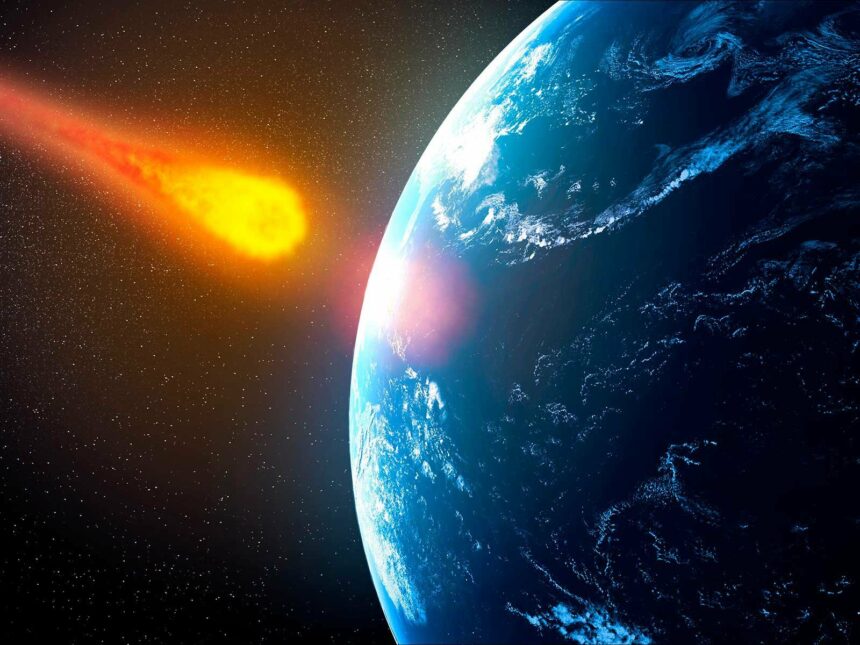Near the Yucatan Peninsula, an asteroid about 6.2 miles (10 kilometers) across collided with Earth around 66 million years ago, sending the world into darkness and triggering an 80% animal extinction event that included all non-avian dinosaurs.
In light of new research presented Sunday at the annual conference of the Geological Society of America, the enormous mega-quake brought on by the impact left its mark on the cliffs of the Gulf of Mexico (GSA).
The layers of rock in Colombia, Mexico, Texas, Alabama, and Mississippi have been disfigured and ruptured as a result of the earthquake, and some of them are filled with debris from the massive tsunamis that were caused by the impact, according to Hermann Bermudez, a geology Ph.D. candidate at Montclair State University in New Jersey.
According to ”Bermudez”, several of these bent and mangled layers have pollen evidence, indicating that flora started to recover at least six months after the impact. These layers are distorted, indicating that the impact-induced quakes continued for months even as plants began to reappear.”
Bermudez examined earthquakes caused by dinosaur-killing asteroids under the direction of local geologists and examined geological layers from the Cretaceous-Paleogene (K-Pg) border, which spans northeastern Mexico, the Brazos River in Texas, and several locations in Alabama and Mississippi. He discovered the telltale signs of the impact: cracks, fractures, mudstone, and debris combinations that point to a tsunami’s passage. Liquefaction is a phenomenon that can happen in wet strata after strong earthquakes when the trembling effectively leads the Earth to lose its rigidity and act as a liquid. Some layers displayed evidence of evacuation.
The collision took place on the seafloor, where all of the rocks examined by Bermudez were located.
When these sediments were resting on the seafloor, there was rumbling, according to Bermudez. The discovery suggests that the earth continued to tremble for months after the meteorite crashed into it since ferns didn’t begin to recover until six to a year after the Chicxulub incident.
This week, Bermudez will return to Mexico to carry out additional fieldwork, he said. He wants to use the rock record to determine the size of the post-Chicxulub massive earthquake.












